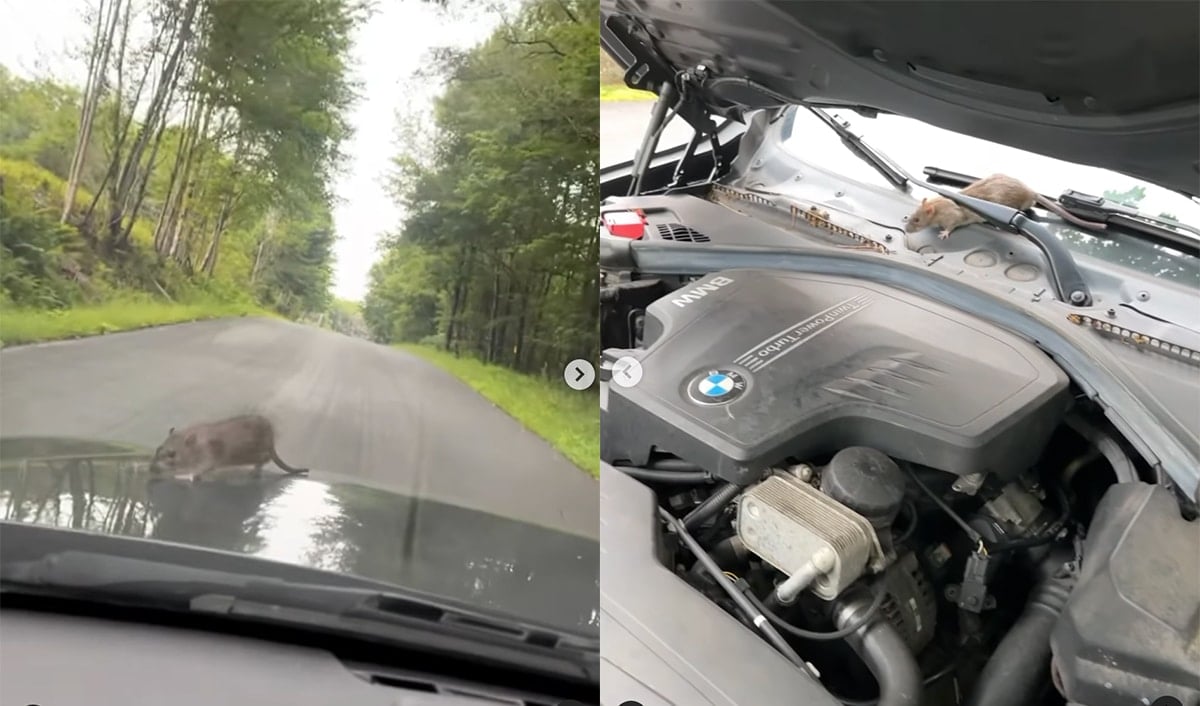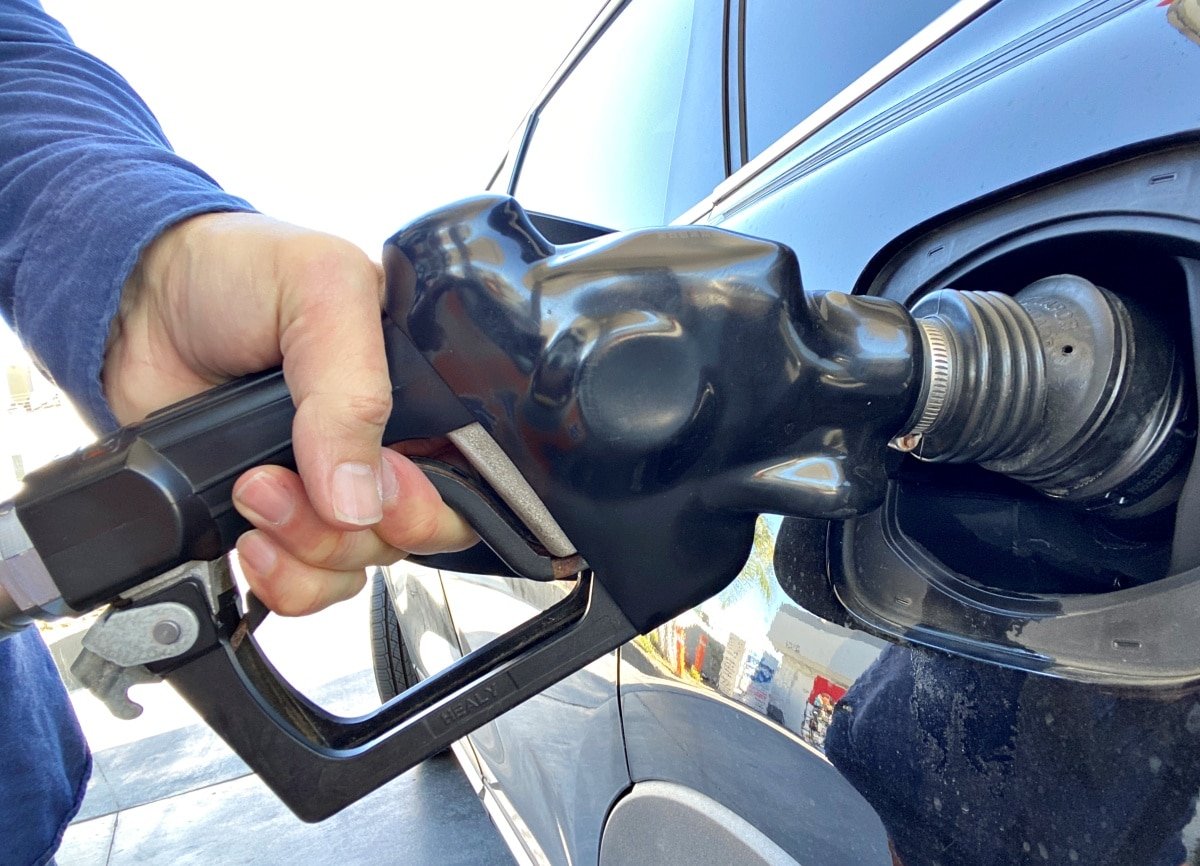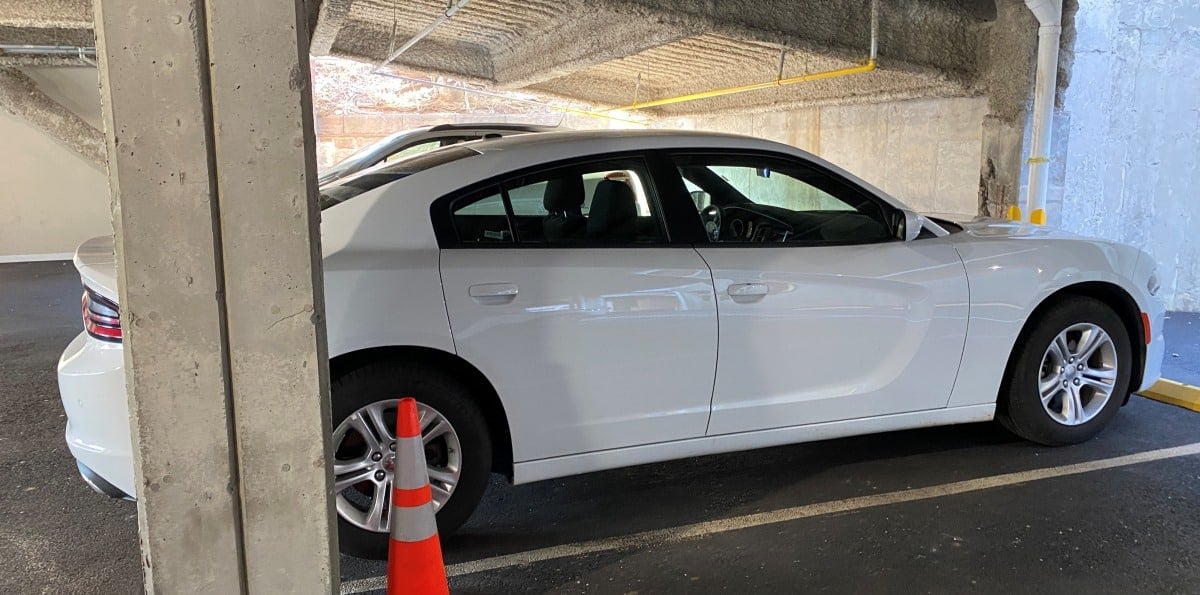 Since so many countries have closed their borders to Americans, road trips have catapulted to the forefront of travel. And that’s not a bad thing! From coast to coast, the United States of America is one of the most beautiful and diverse countries in the world so why not get to know it better? But if long drives leave you feeling nauseous, dizzy, sweaty or give you a general sense of being unwell, you might not be so excited to hop in the car for a long drive. Here are five tips to help you prevent motion sickness so you can enjoy a road trip without worry.
Since so many countries have closed their borders to Americans, road trips have catapulted to the forefront of travel. And that’s not a bad thing! From coast to coast, the United States of America is one of the most beautiful and diverse countries in the world so why not get to know it better? But if long drives leave you feeling nauseous, dizzy, sweaty or give you a general sense of being unwell, you might not be so excited to hop in the car for a long drive. Here are five tips to help you prevent motion sickness so you can enjoy a road trip without worry.
1. Sit in the front seat
If possible, sit in the front seat of the car. Being able to clearly see and focus on the horizon can help steady you, preventing a feeling of queasiness. According to the Cleveland Clinic, “motion sickness, also called seasickness, is a common disturbance of the inner ear. This is the area of the body that affects your sense of balance and equilibrium. Motion sickness happens when your brain receives conflicting messages about motion and your body’s position in space. The conflicting messages are delivered from your inner ear, your eyes (what you see), your skin receptors (what you feel), and muscle and joint sensors.” Experts suggest that being able to focus your eyes on a fixed point on the horizon can help correct the messaging between your brain and your body.
RELATED: How Long Does a Road Trip Across America Take?
2. Don’t read or watch a movie
Don’t read or watch a movie while the car is in motion. While it might be tempting to scroll through your phone, read a book or catch up on videos online, this can contribute to your feeling of nausea. Why? Because motion sickness is caused by a disagreement between your senses, namely your ears and eyes. According to Scientific American, “consider the situation when one is reading in the back seat of a car. Your eyes, fixed on the book with the peripheral vision seeing the interior of the car, say that you are still. But as the car goes over bumps, turns, or changes its velocity, your ears disagree. This is why motion sickness is common in this situation. If you have this sort of reaction it is usually helpful to stop reading and look out the window.”
3. Eat or drink ginger
Did your mom ever give you Ginger Ale as a panacea when you were a kid and didn’t feel well? Mine did – and whether it really worked or was simply psychosomatic, I can’t really say. For centuries, ginger has been used to help with digestion and relieve nausea so it’s definitely got some credence in that regard. Whether the bottle of Ginger Ale you pick up at a gas station has enough real ginger to help you is debatable but many people find it soothing nevertheless. If you know you suffer from motion sickness and can plan in advance, you might want to try bringing fresh, dried or crystallized ginger along with you, just in case. You can also take ginger supplements but always speak with a doctor first before taking supplements of any kind.
4. Try essential oils
Many people believe in the therapeutic properties of essential oils and there’s some evidence that certain aromas like lavender, ginger, spearmint, peppermint and cardamom can treat (and even cure?) nausea. On a road trip, you could mix your preferred fragrance with a carrier oil and dab on your wrists to help keep nausea at bay. Note: While using essential oils is generally a low-risk remedy, there are some risks so do your research or speak to a medical professional to make sure that it’s safe for you. Read more here about how to use essential oils for nausea.
RELATED: How Much Does it Cost to Rent a Car for a Road Trip?
5. Drive!
It seems that being in the driver’s seat can dramatically reduce the likelihood that you’ll feel motion sickness. According to Very Well Health, “many people do not experience motion sickness while driving but get horrible motion sickness while riding in a car as a passenger. This is because when you’re a passenger, especially if you’re reading a book or focusing on something inside of the car, your eyes can send your brain the message that you are not moving while the rest of your body tells your brain that you are in motion.” But when you’re driving, your eyes and your body are sending the same message to your brain. For more on this, check out this piece in Discover Magazine: Why Doesn’t the Driver Get Carsick?
Do you suffer from motion sickness? How do you prevent it and what remedies work if you’ve already to it? Share your ideas below!








We use seabands on our wrist. They sit on a pressure on the wrist with no chemicals in them. You just need to put one on about an hour before hitting the road. They work great. And you can buy them at any Marine Store or on-line. Plus they are cheap and reusable.
I use Bonine. It works great for me with far less side effects than Dramamine. I take one tablet at bedtime and am good to go for the whole next day as it lasts 24 hours, and I “sleep off” most of the drowsiness that can occur. “Dry mouth” is also far less, at least for me. I never read while riding, and do find I can now ride in the back seat if needed with Bonine. I most appreciate it when we are on a cruise or flying. When we cruised from Canada to Florida via Panama Canal, I took it daily for 3 weeks. Even with rough seas several days, I was OK! Yay! I first started using this 30+ years ago when my daughter couldn’t swallow pills as a child, and this is chew-able and tastes good…sort of raspberry flavored. Other remedies such as wrist bands or scents haven’t worked for me….so I just go with what works. It’s usually available at drugstores/Target/etc.
If I can’t drive or sit in the front passenger seat, sitting on the “hump” in the back seat works for me. I discovered this while exploring Egypt while on the tour bus. I sat at the very back in the middle of the bench seat. Having the opportunity to look ahead kept my motion sickness at bay.
Sea Bands, Bonine, etc. and sleeping also work.
I agree on Bonine! It’s fast-acting and lasts. It works on non-motion-related nausea, too. You can get it on Amazon (drug stores are often out-of-stock). This little pill is a lifesaver!